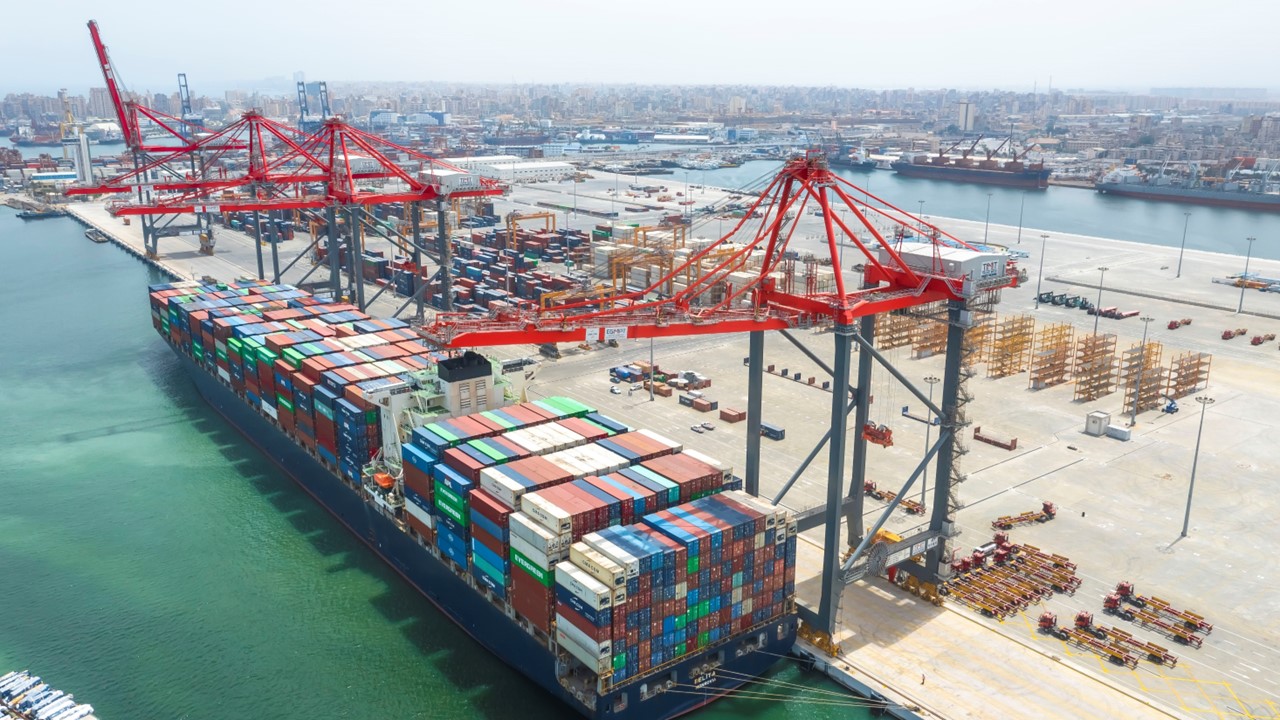Five countries have accounted for 34.4 percent of Egypt’s exports in the first five months of 2024, with export values reaching approximately USD 6.246 billion (EGP 307.56 billion), compared to USD 6.06 billion (EGP 298.95 billion) during the same period in 2023, marking a 3.1 percent increase.
Saudi Arabia, Turkey, the United Arab Emirates (UAE), the United States of America (USA), and Italy come in first, with Saudi Arabia in the lead. Saudi Arabia received USD 1.391 billion (EGP 68.43 billion) worth of Egyptian goods. Following closely were Turkey and the UAE, with imports valued at USD 1.310 billion (EGP 64.37 billion) and USD 1.133 billion (EGP 55.75 billion), respectively.
Italy also emerged as a significant player in the Egyptian export landscape, with its share amounting to USD 974 million (EGP 47.95 billion). Meanwhile, the USA rounded out the top five, importing USD 904 million (EGP 44.46 billion) worth of Egyptian commodities during this period.
The recent surge in factory openings, especially in the engineering industry, has led to a significant increase in exports across various sectors, and the increase in exports, according to the Minister of Trade and Industry, Ahmed Samir.
From January to May 2024, Egypt’s non-oil exports surged to USD 16.5 billion (EGP 811.14 billion), a notable increase from USD 15.4 billion (EGP 757.68 billion) during the same period in 2023, representing a 9.8 percent rise. May alone saw exports soar to USD 3.5 billion (EGP 172.44 billion), setting a new record for the highest monthly export rate of Egyptian commodities.
The minister Samir highlighted the key sectors driving Egyptian commodity exports in the first five months of this year. Leading the way were building materials, which brought in USD 3.869 billion (EGP 190.25 billion), followed by the food industry at USD 2.644 billion (EGP 130.65 billion), and chemical products and fertilizers at USD 2.491 billion (EGP 122.64 billion).
Agricultural crops also contributed USD 2.269 billion (EGP 111.23 billion), while engineering and electronic goods accounted for USD 2.181 billion (EGP 107.1 billion). The export of ready-made clothing reached USD 1.077 billion (EGP 53 billion), and furnishings, yarn, and textiles added USD 717 million (EGP 35.33 billion).
The printing, packaging, paper, books, and artistic works sector generated USD 393 million (EGP 19.33 billion), with medical industries contributing USD 267 million (EGP 13.16 billion). Additionally, furniture exports totaled USD 112 million (EGP 5.51 billion), handicrafts USD 87 million (EGP 4.28 billion), and leather, shoes, and leather products USD 49 million (EGP 2.41 billion).
Other exported items that saw significant growth from January to May 2024 include fresh and dried citrus fruits, valued at USD 721 million (EGP 35.53 billion); wires, totaling USD 353 million (EGP 17.35 billion); and manufactured petroleum oils, amounting to USD 186 million (EGP 9.15 billion).
In a strategic effort to invigorate Egypt’s economy, the Minister has unveiled a plan to substantially increase Egyptian commodity exports, targeting both regional and global markets. This initiative seeks to elevate the quality and competitiveness of Egyptian products, with an ambitious goal of hitting USD 100 billion (EGP 4.92 trillion) in annual exports.
The broader government strategy envisions generating an additional USD 91 billion (EGP 4.48 trillion) by 2026 through merchandise exports, tourism, and revenues from the Suez Canal. Egypt is intensifying its efforts to increase annual exports and reduce import expenditures in order to enhance hard currency reserves and mitigate the trade deficit.
With cooperation involving the ministry, its affiliated agencies, the business sector, and Egyptian exporters, the collaborative efforts aim to elevate the international profile of its products and strategically improve its economic positioning.







Comments (0)